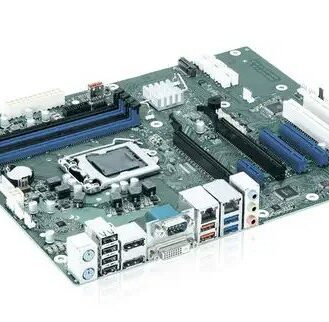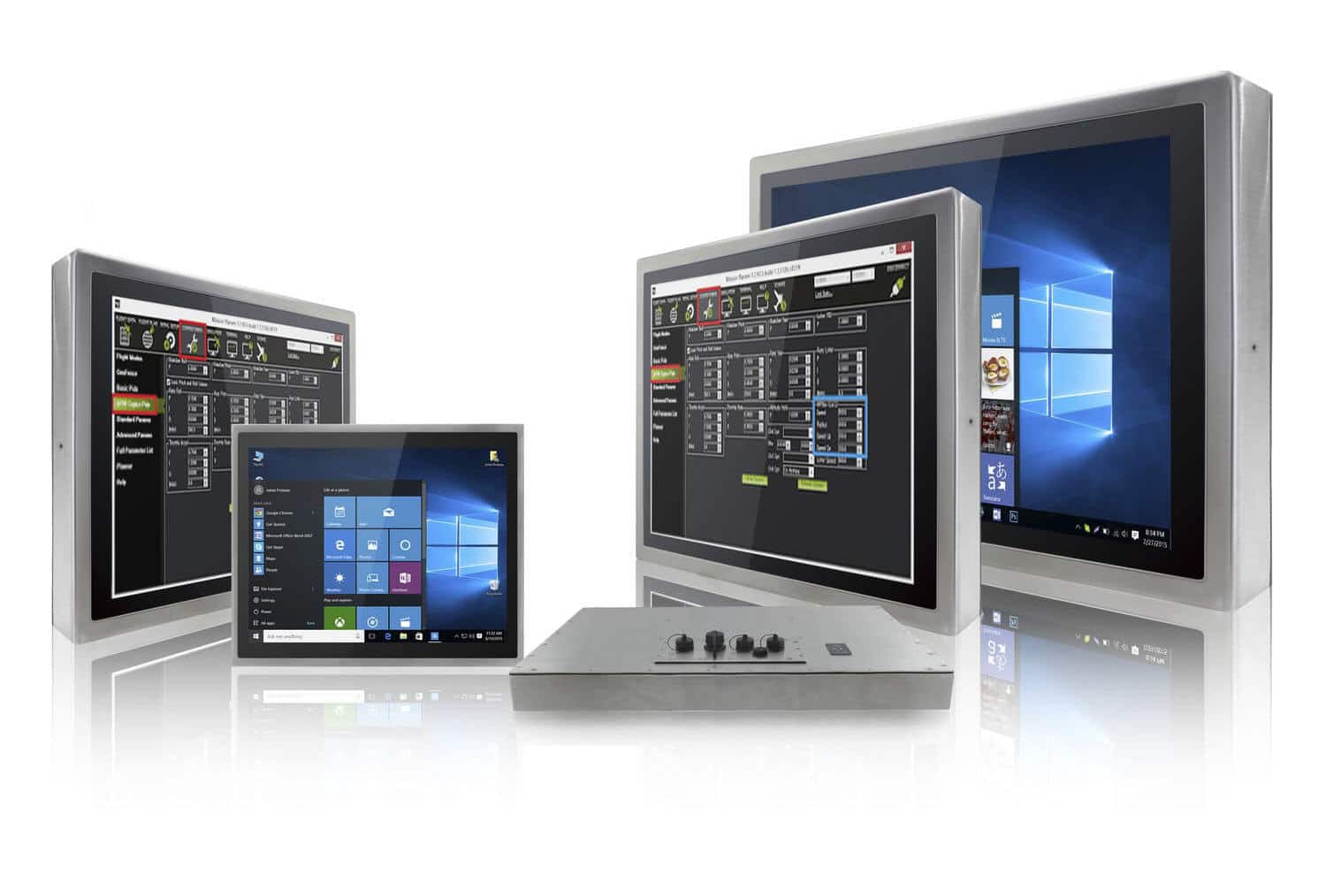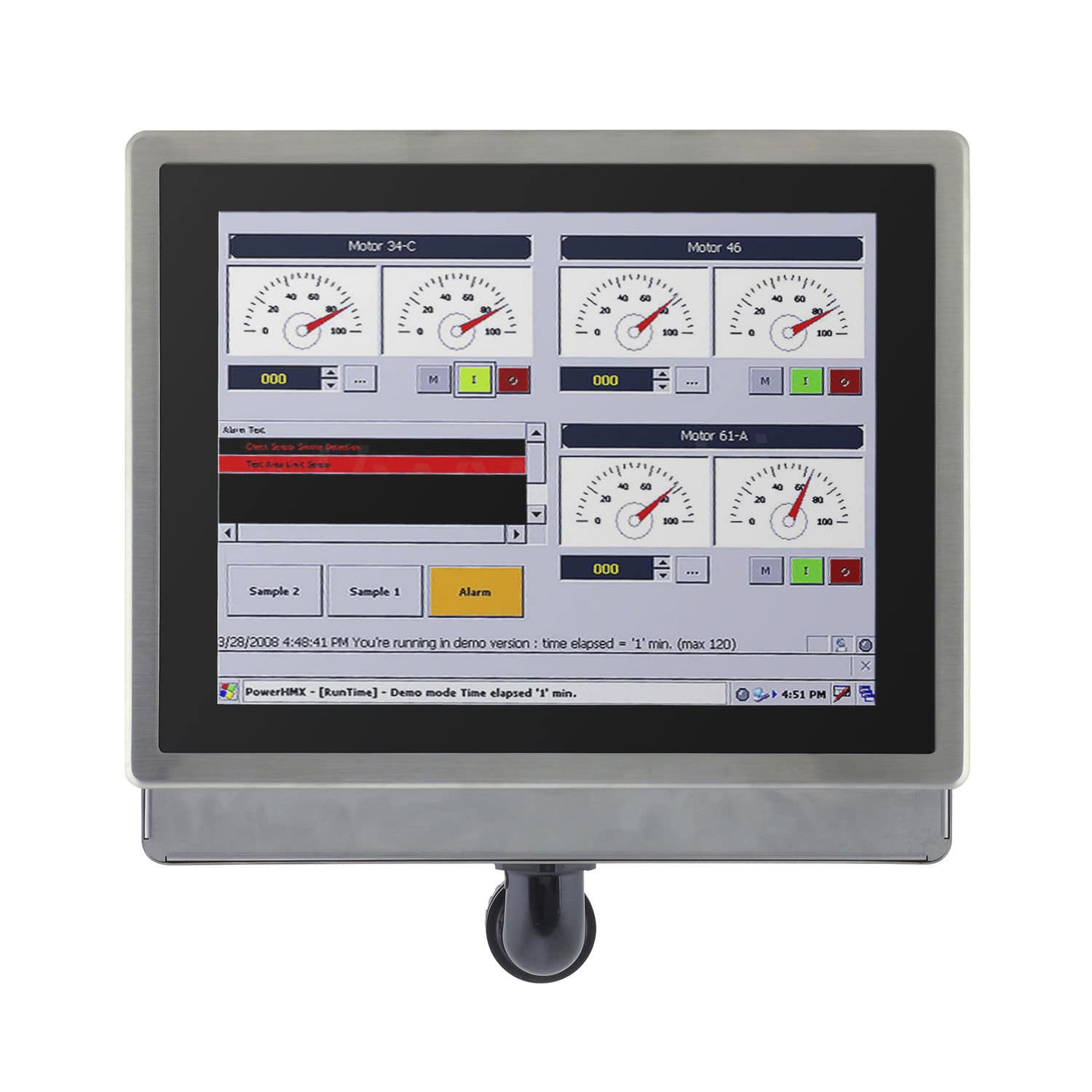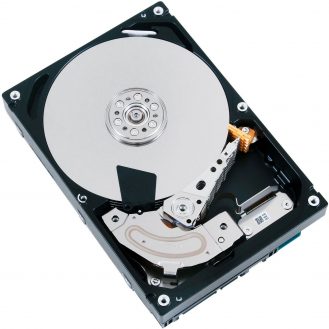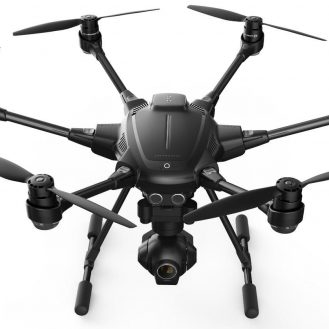A touch screen combines display functions (screen) and pointing device functions (mouse). There are two types of touchscreen technology:
These touchscreens are made of two conductive layers separated by a layer of insulation. When the user touches a layer, the two conductive films come into contact, which causes a current to flow. The system will detect a variation in resistivity in the conductive layers and determine the coordinates of the contact point on the screen. A resistive touchscreen responds when touched by a stylus, gloved hand, bare finger, nail, etc. This type of touchscreen is also resistant to water, grease and dust.
Compared to a capacitive touchscreen, this type of touchscreen is more accurate, especially when used with a stylus. The manufacturing cost is much lower. Resistive touchscreens are more sensitive to scratches and other damage caused by sharp objects however. They are also less reactive than the capacitive touchscreens, and their reactivity decreases over time. Lastly, resistive touchscreens are less transparent, resulting in a loss of 20 to 25% of screen brightness, and the built up layers can lead to harmful reflections.
With this technology, a layer placed on the glass face accumulates charges. When users touch the layer with their fingers, charges are transferred to them. This creates a measurable change (the electrostatic field is interrupted) on the layer, sensors then determine the coordinates of the affected area. The disadvantage of this type of technology is that it does not work when the user wears gloves.
For “multitouch” applications, it is necessary to turn to touchscreens with projected capacitive technology. This technology works with thicker screens. This means the touchscreens can be covered by a highly resistant armoured glass screen. Capacitive touchscreens are brighter, guaranteeing a transparency of over 90%.
|
Resistive touchscreens |
Capacitive touchscreens |
| Advantages |
- respond to any form of pressure
- resistant to water, grease or dust
- precise
- affordable
- withstand harsh environments
|
- brighter
- more sensitive, very fast response time
- more suitable for multi-touch applications (projected capacitive technology)
- heavier duty: can be covered by an armoured glass screen (projected capacitive technology)
|
| Disadvantages |
- more sensitive to scratches and other damage
- less reactive than the capacitive touchscreens
- loss of 20 to 25% of screen brightness
- can create harmful reflections
|
- won’t work when the user wears gloves
- more expensive technology
- sensitive to moisture
|
A multi-touch screen allows the user to apply several points (several fingers) simultaneously on the screen to trigger actions. It is very intuitive to use, the most common and simple actions are zoom and rotate, but the multi-touch also allows you to change pages, for example, by swiping the screen. Another advantage of multi-touch is that actions requiring the use of two hands for critical or potentially dangerous operations can be an effective way to prevent unintentional operator errors.
Due to the interactivity of multi-touch screens, they are often recommended for educational or collaborative work purposes. However, your HMI software may not support this feature: this is something you should check before making your choice.
